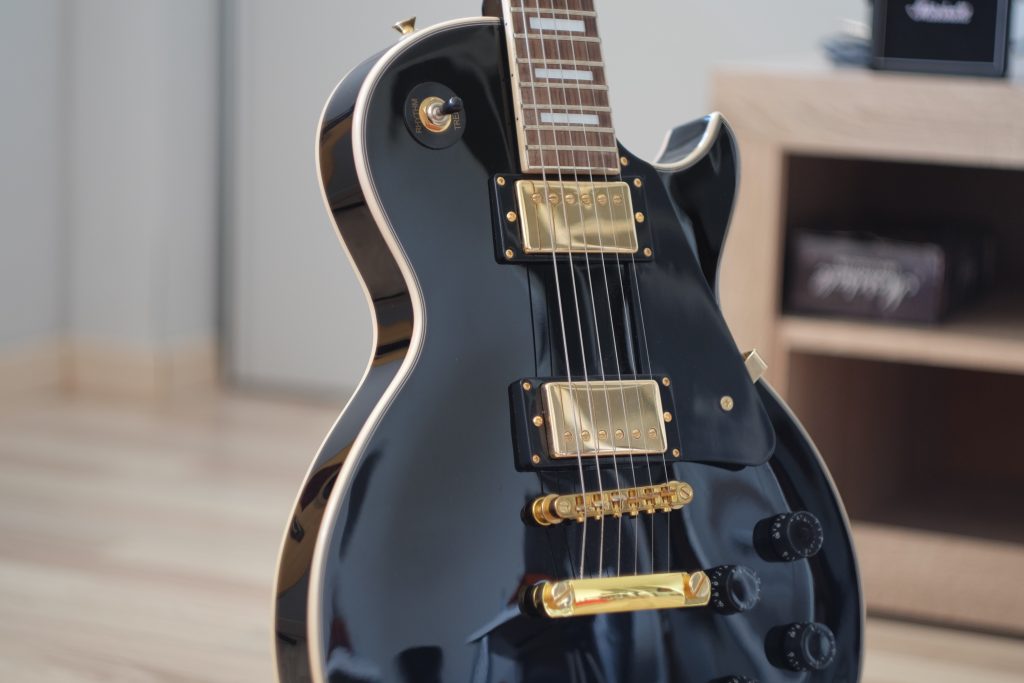12-string guitar tuning online using a microphone
--
0 Hz
12-String Guitar Notes and Sounds
- → E4 → 1 string (the thinnest)
- → E4 → 1 additional string
- → B3 → 2 string
- → B3 → 2 additional string –
- → G3 → 3 string
- → G4 → 3 additional string
- → D3 → 4 string
- → D4 → 4 additional string
- → A2 → 5 string
- → A3 → 5 additional string
- → E2 → 6 string
- → E3 → 6 additional string
In this page, you will learn how to tune a 12-string guitar just as easily as you tune a 6-string guitar, through a microphone or by sounds.
How to tune a 12-string guitar?
Tuning a 12-string guitar is a little more difficult than tuning the usual 6 string. The strings are double that of the 6-strings and possess a lot more tension on the guitar.
The twelve-stringed guitar has 6 main strings and 6 additional strings. The strings are pulled in pairs: the main + additional, the main + optional and so on. When playing a twelve-stringed guitar clamp at once 2 strings instead of one, the main one with an additional one, this makes it harder to play than the 6-strings, however, the twelve-stringed guitar also has the obvious benefit of producing a rich, beautiful sound that you will never get from a traditional guitar.
With 12 strings, you get a fuller, more melodious effect that can transform a song from just about any genre into something special.The 6 main strings are tuned in exactly the same way as when tuning a six-string guitar. 1 and 2 additional strings are the same as 1 and 2 main, and 4 upper ones are an octave higher than the basic ones.

To tune the guitar through the microphone, press the “Start” button on the tuner, and tune the guitar according to the system shown under the tuner.
When tuning the 12 string guitar, it is important that you be very careful with the 3 additional strings. The tension on it is the highest and this could cause it to break. It is recommended to tune it last, after all the other strings.
Tuning a 12-string guitar in standard E tuning (E-A-D-G-B-E, thick to thin) is very common. To tune your 12-string, tune the E, A, D, and G string pairs within an octave of each other. For the remaining high B and E strings, tune their string pairs in unison to the same frequency.